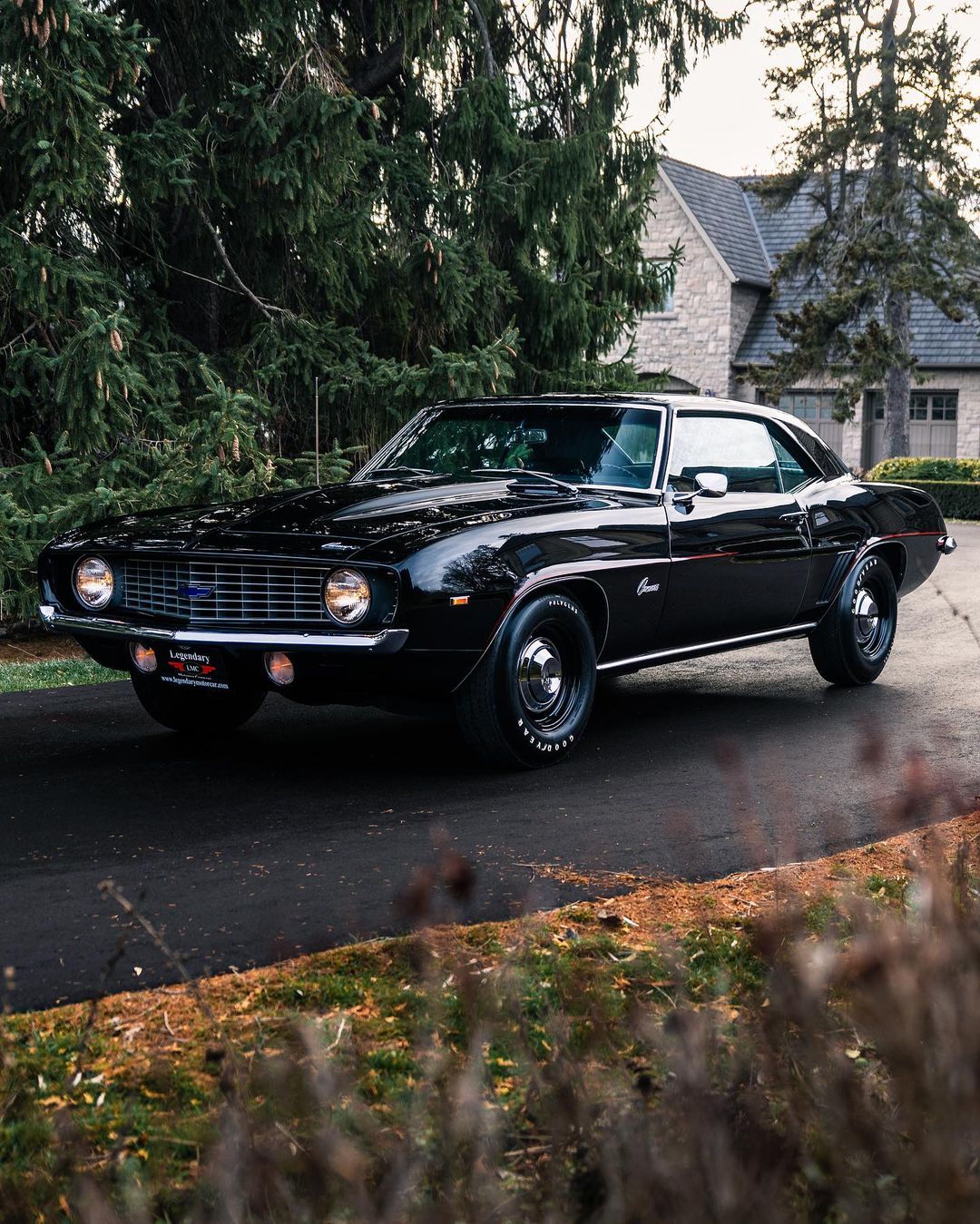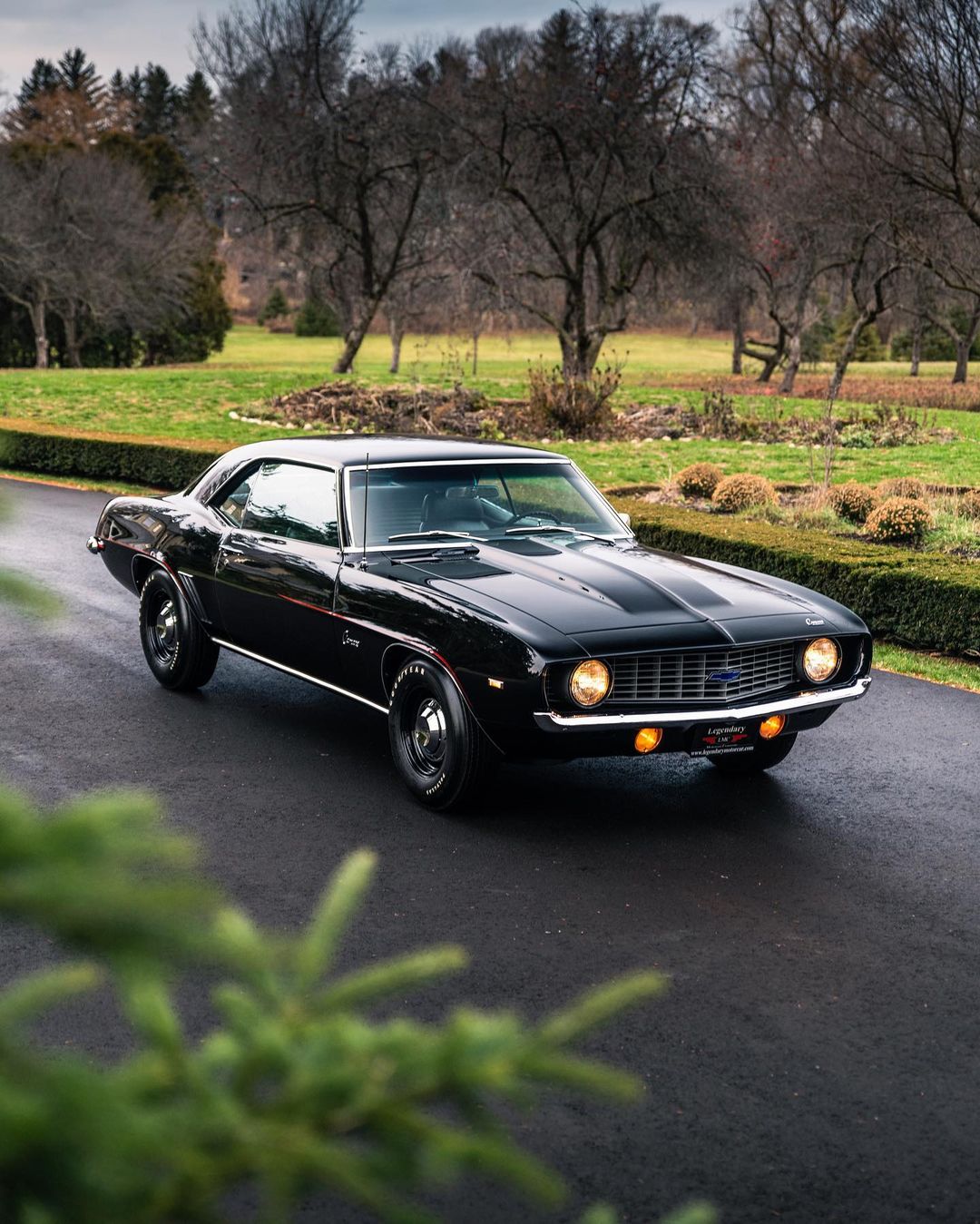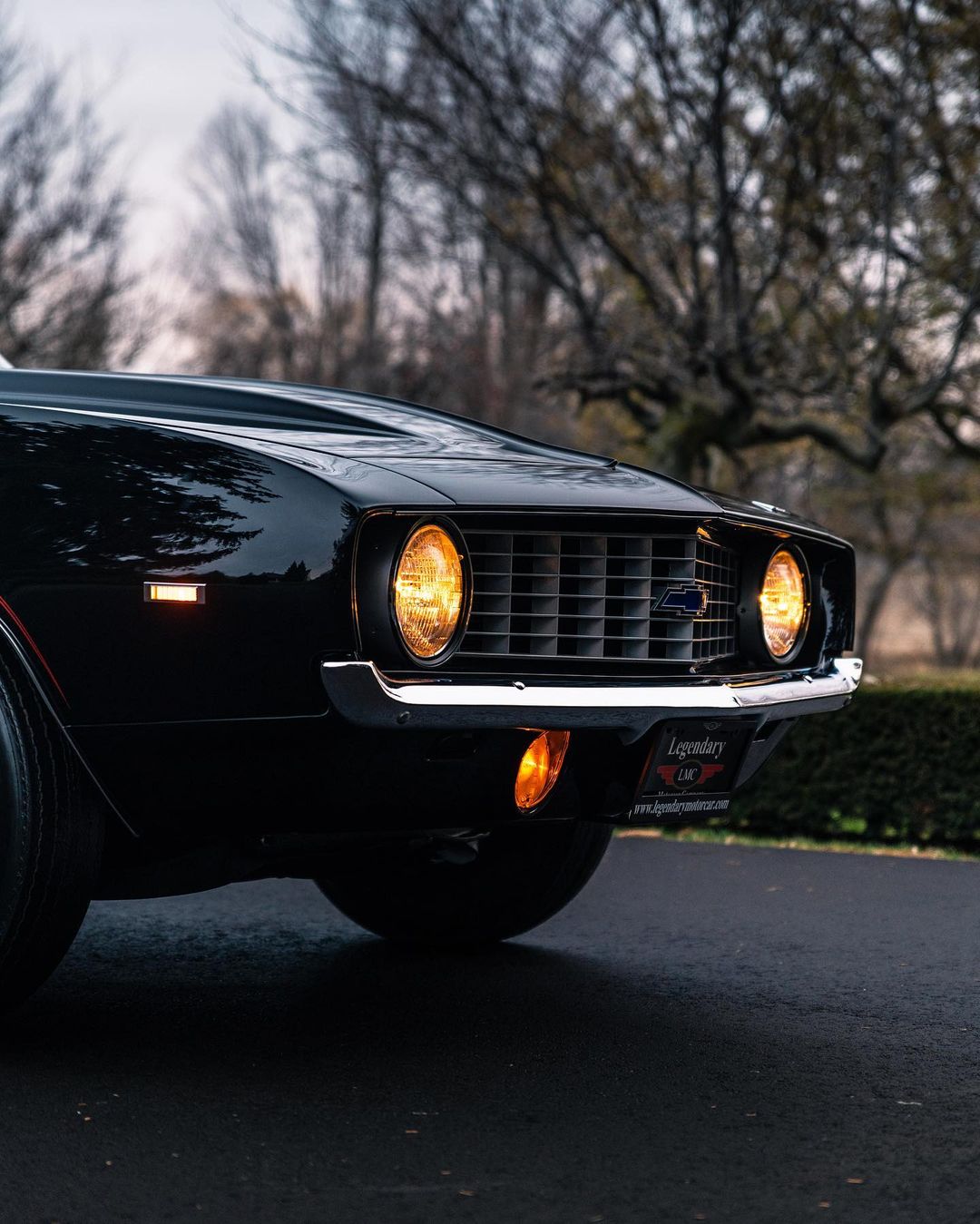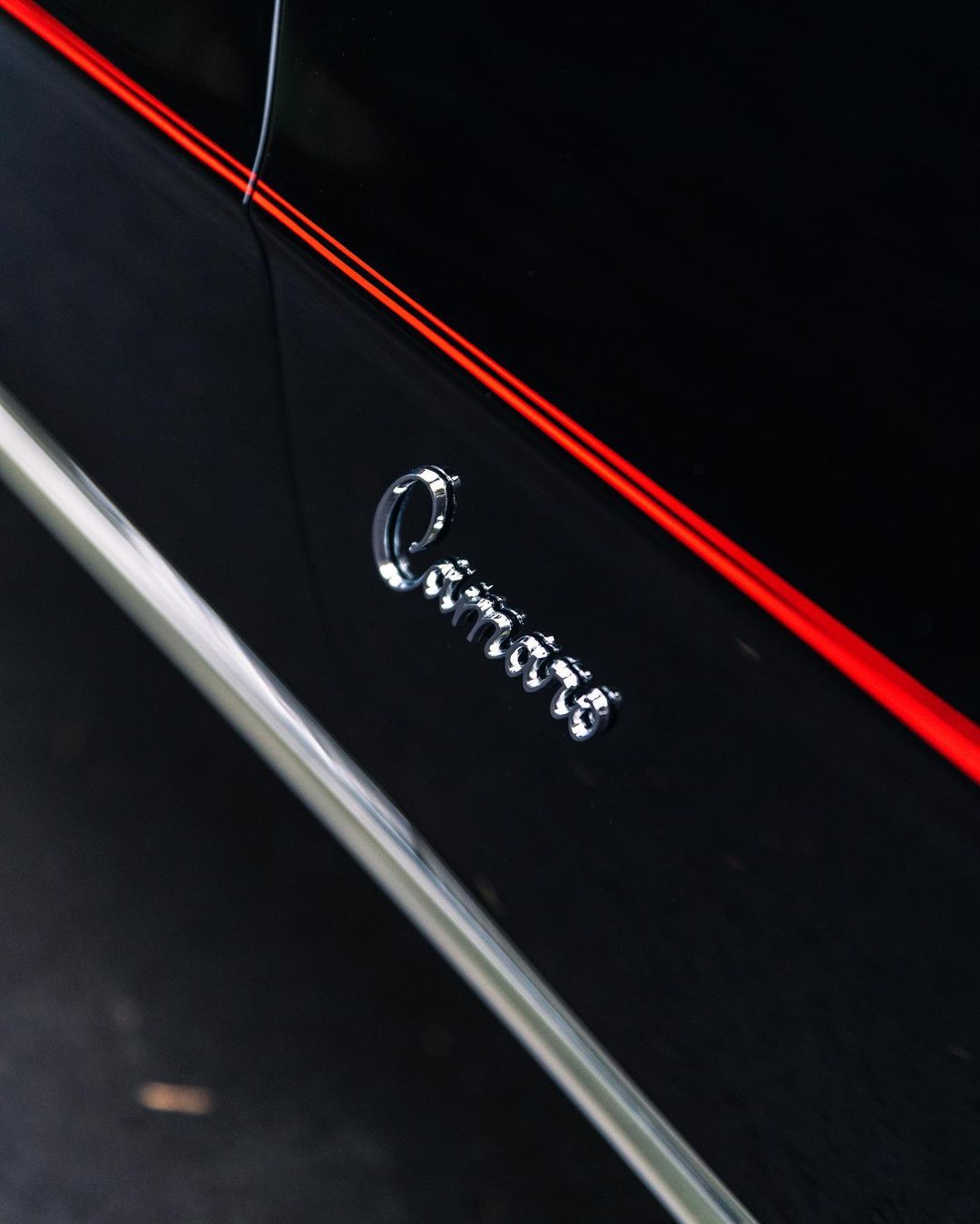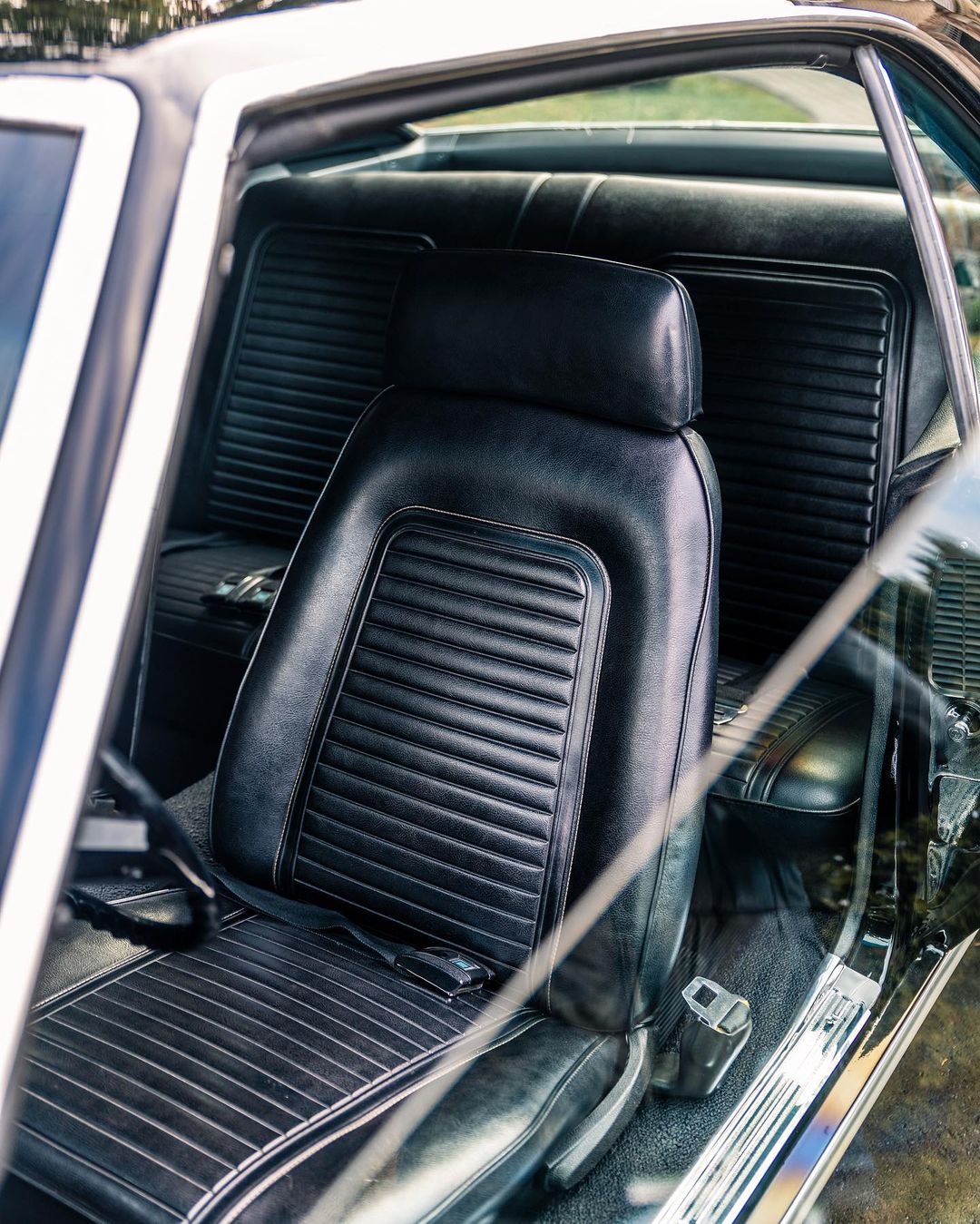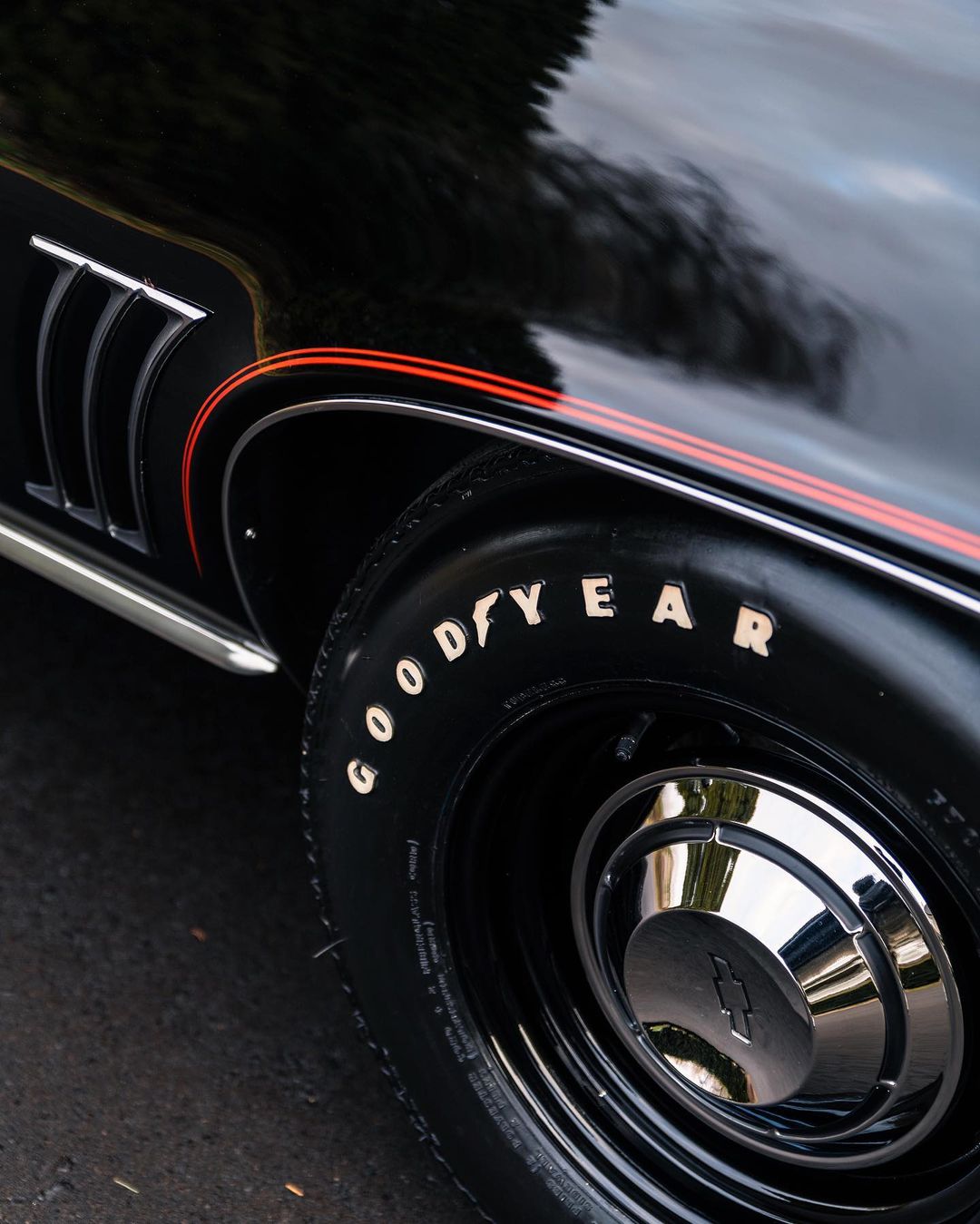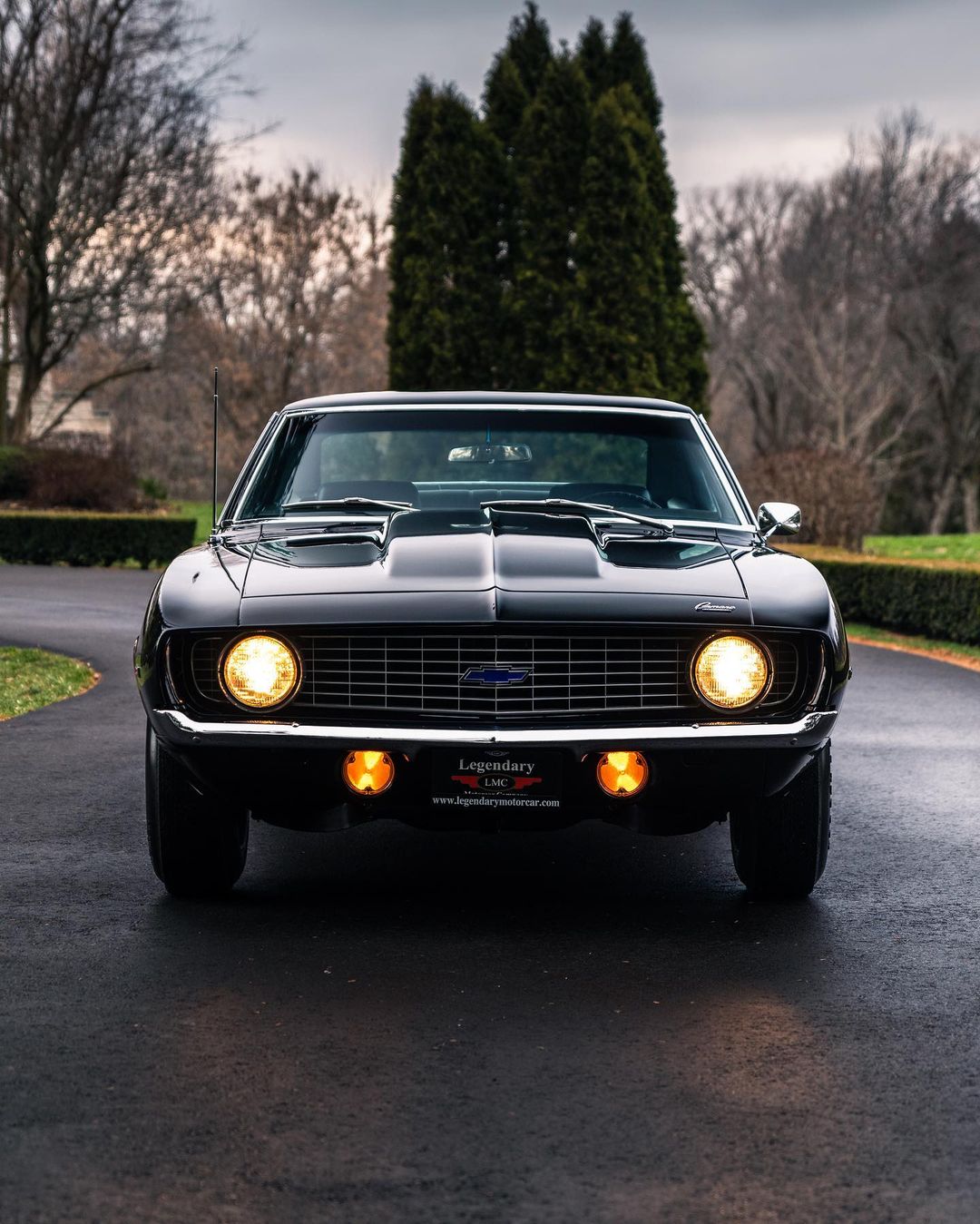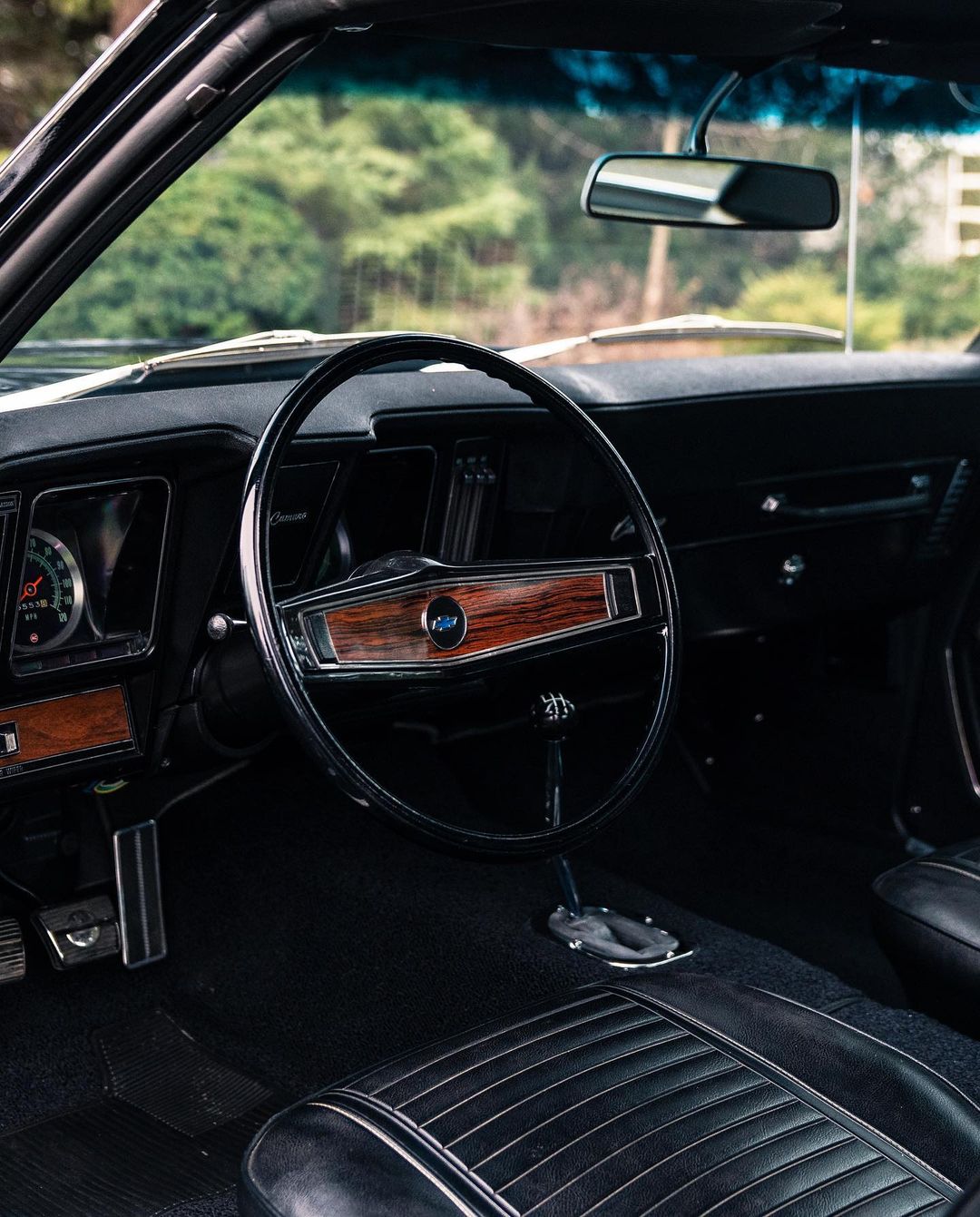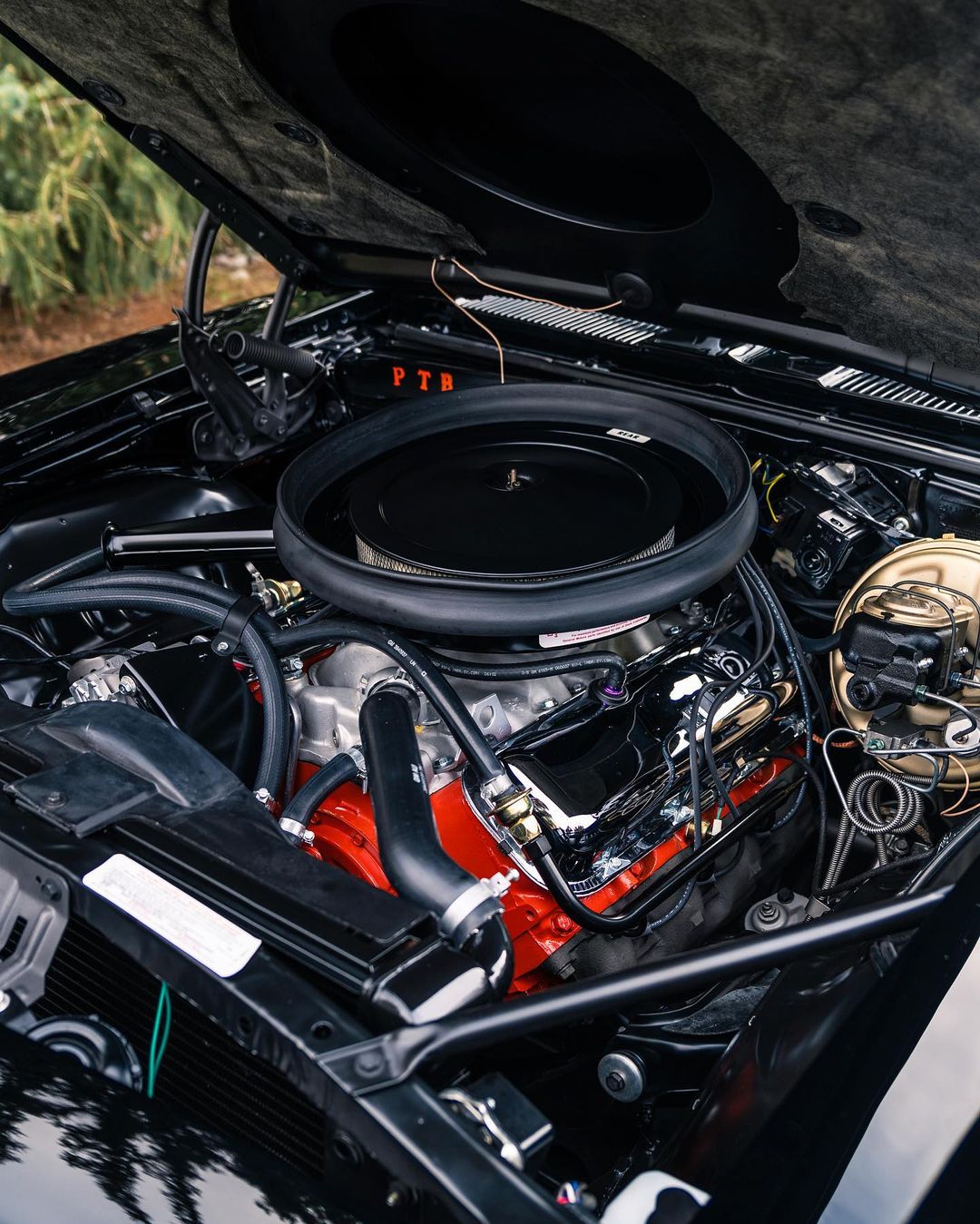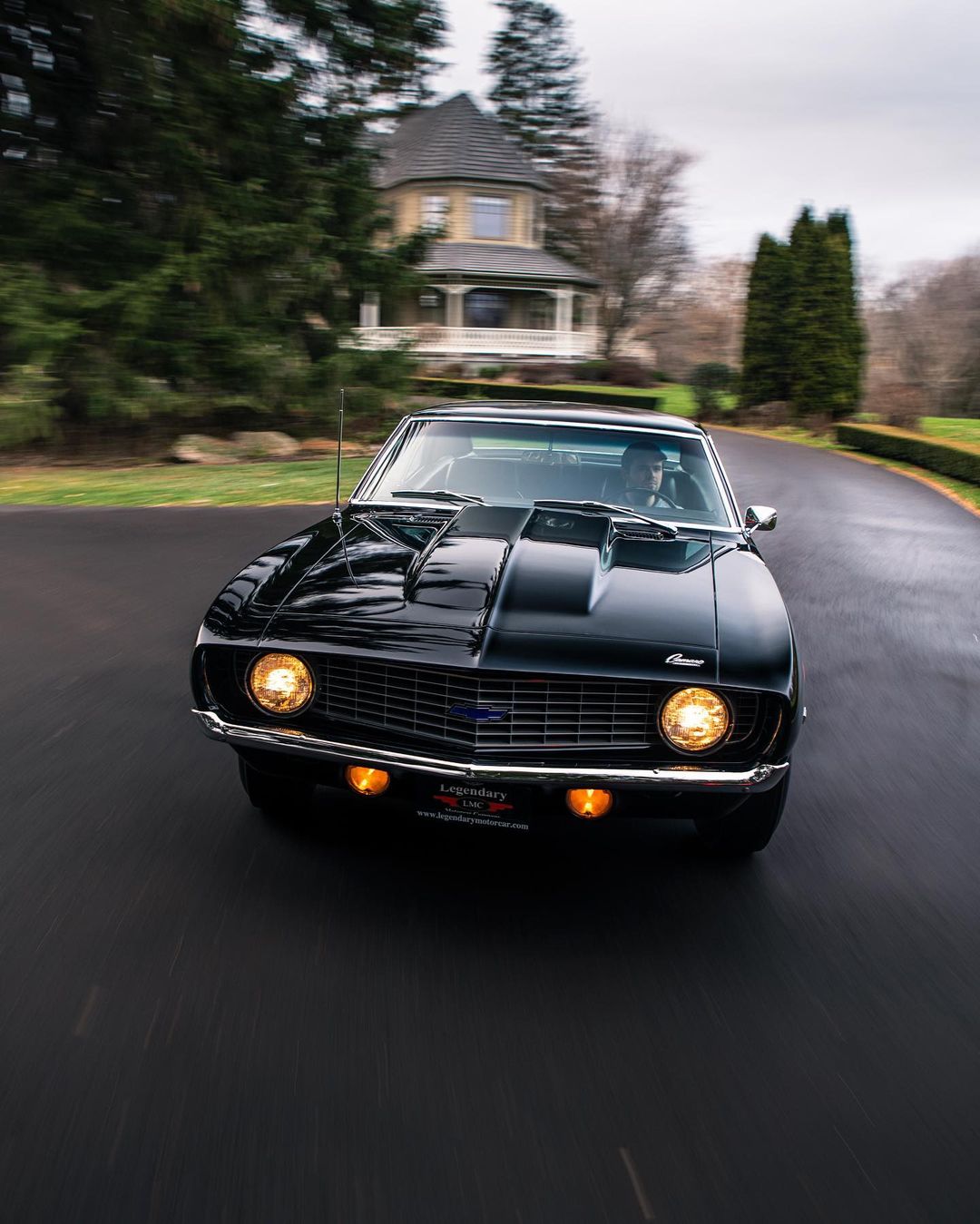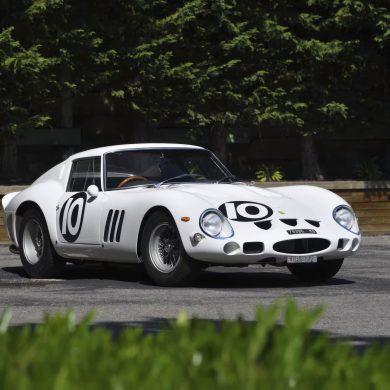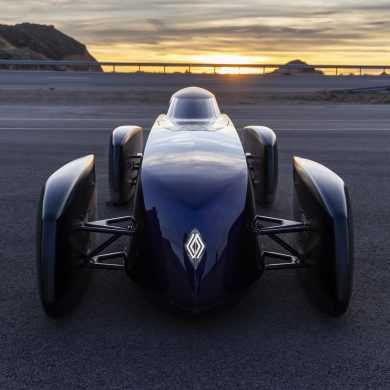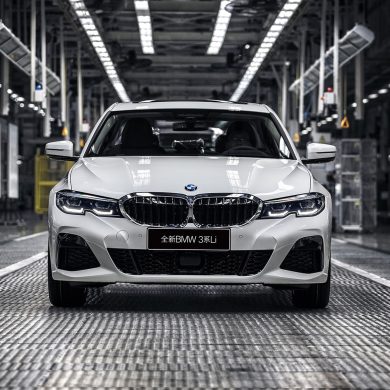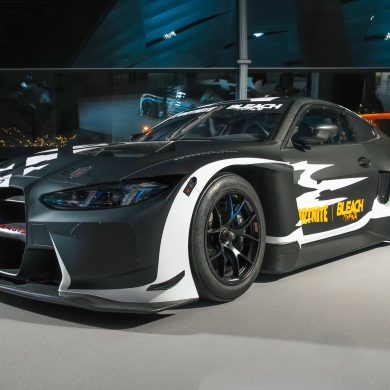The COPO Camaro was created in 1969 by two Chevrolet dealers who wanted to install engines larger than 400 cubic inches in the Camaro, despite a GM ban on doing so. This ban stemmed from a late 1950s agreement that prohibited Detroit automakers from publicly endorsing corporate racing activity. The ban forced Chevrolet to discontinue over-the-counter performance packages. Don Yenko and Fred Gibbs both approached Chevrolet for a package that would allow them to sell drag-ready Camaros.
Chevrolet used its COPO system to fulfill the orders, which resulted in the creation of two different COPO Camaros. Yenko’s COPO 9561 was essentially a Camaro fitted with the Corvette’s solid-lifter L72 V8 engine. Gibbs’ COPO 9560 had an all-aluminum engine, the ZL-1, specifically created for drag racing, costing more than a base Camaro. The COPO Camaros were successful at the drag strip, but GM did not lift the displacement ban, so the second-generation Camaro did not get the 427 V8.
Photo Source: @legendarymotorcar


